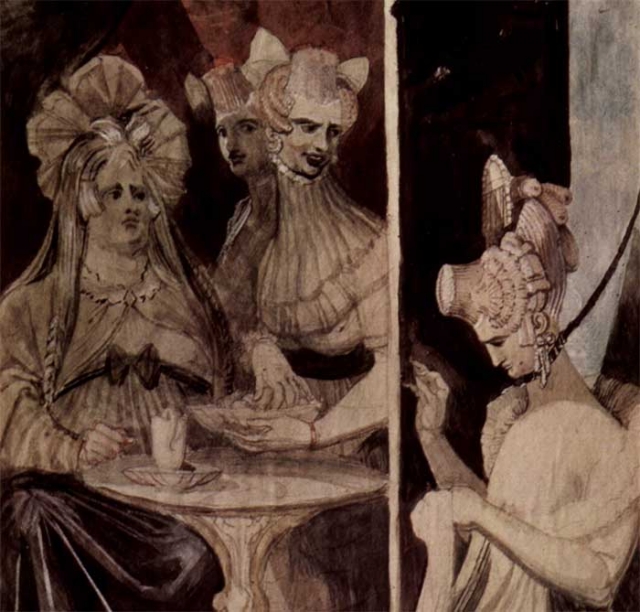Women and the Politics of the Parish in England
Historian article

Petticoat Politicians: Women and the Politics of the Parish in England
The history of women voting in Britain is familiar to many. 2013 marked the centenary of the zenith of the militant female suffrage movement, culminating in the tragic death of Emily Wilding Davison, crushed by the King's horse at the Epsom Derby in June 1913. A partial female franchise was eventually achieved at the end of World War I, with women being granted the vote on the same terms as men in 1928. Many histories of women's participation in formal politics begin in this period. However, this narrative obscures a hidden story: one where ordinary women were regularly able to exercise their right to vote and to hold local offices. It was in the realm of the parish, where female participation in politics was commonplace. At this level there was a community franchise to elect a range of local officers such as sextons, beadles, overseers of the poor, constables and highway surveyors. This franchise had evolved over time, reliant on custom, precedence and local bylaws leading Beatrice and Sidney Webb to describe it as ‘an anarchy of local autonomy'. It allowed a high degree of public participation including from women and the poor.
Perhaps this aspect of the history of women voters...
This resource is FREE for Historian HA Members.
Non HA Members can get instant access for £2.75

